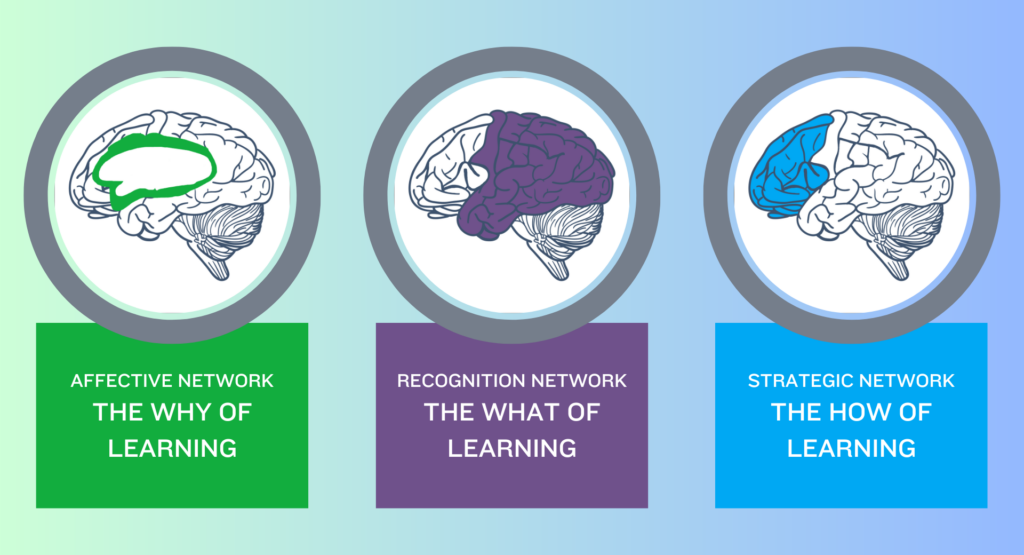
First of all what is UDL?
“Universal Design for Learning (UDL) is a framework that aims to make education more inclusive and accessible to all learners, regardless of their abilities or learning styles. UDL provides educators with a set of principles and guidelines to design flexible and engaging learning experiences that meet the diverse needs of students. In practice, UDL has shown great promise in transforming classrooms and creating inclusive environments where every student can thrive.”
This year within my growth action plan for this class one of my goals is to create lesson plans with clear objectives, differentiated instruction/ UDL, and assessment strategies to meet diverse student needs. I find this is a highly benificial skills as a future educator as students do not always learn in the same way. Some of my goals as a future educator are:
- Collaborate with mentor teachers to design inclusive lesson plans that are effective for all students using a Universal Design for Learning (UDL).
- Use formative assessments to gather feedback and adjust teaching accordingly to which ways students best succeed in the learning environment.
I plan to implement and learn various approaches to differentiated instruction, including Universal Design for Learning (UDL), throughout my practicum and teaching career; therefore, this will remain an ongoing goal throughout my teaching career.
I found it highly beneficial to read through this document. As a new teacher, finding ways to implement UDL (Universal Design for Learning) in the classroom can sometimes feel overwhelming, especially when trying to meet the diverse needs of all students. This document provided valuable insights into practical strategies for creating an inclusive learning environment. Examining how UDL is incorporated into different aspects of the classroom setting, from instructional methods to assessment practices, proved to be extremely helpful in broadening my understanding of its application. As a class, we compared and contrasted the new and old UDL designs, discussing the shifts in approach and how they impact student learning. This comparison helped highlight the importance of flexibility, multiple means of engagement, and accessibility in lesson planning!
What teaching competencies did I feel connected to this topic the most:
UVIC– 12. “Develop an understanding of how learners learn in order to cultivate effective learning environments”
BC Teaching Standard 3 -“Educators understand and apply knowledge of student growth and development”
Developing an understanding of how our students learn and how to support their growth is highly beneficial for all learners within our education system. There are many flexible ways to incorporate UDL throughout our classrooms and schools, and its application has been proven to be highly effective.
